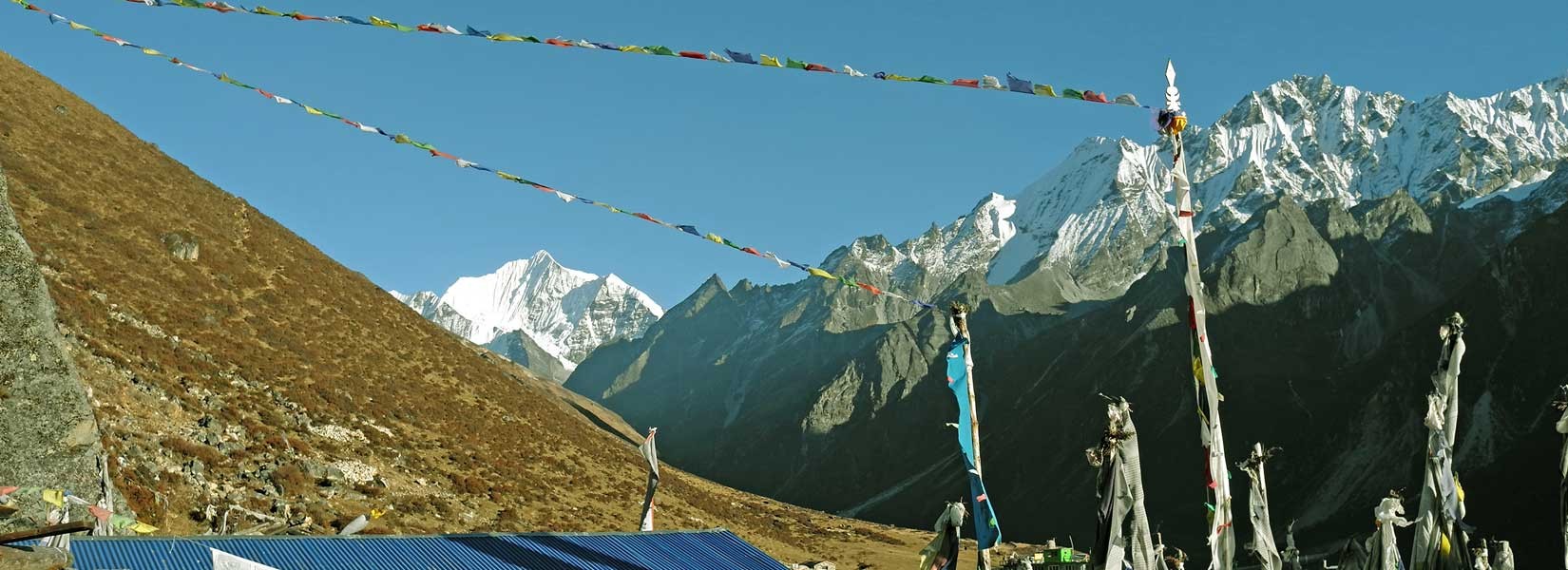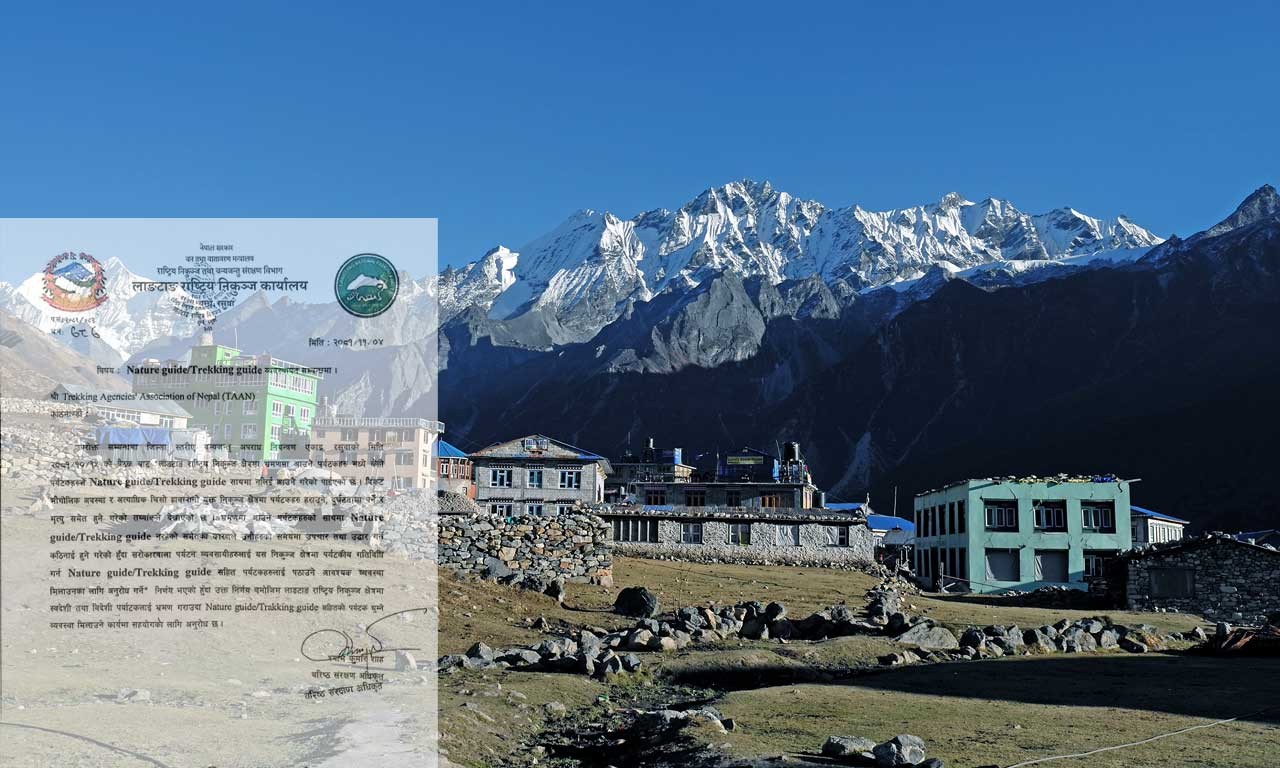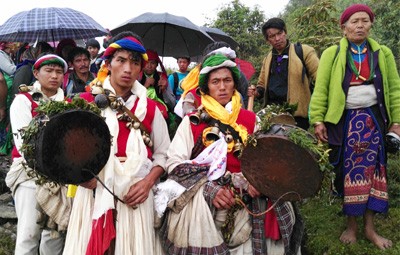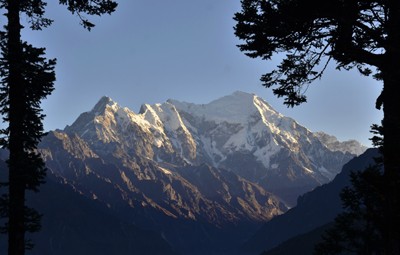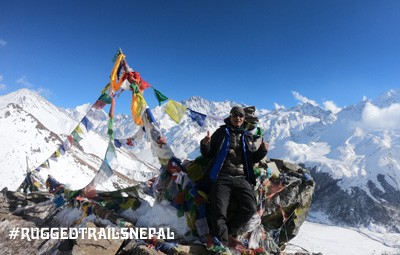Starting February 17, 2025, trekkers exploring Nepal’s Langtang National Park must hire certified guides under a new regulation aimed at enhancing safety, preserving ecosystems, and supporting local communities. The policy, enacted by park authorities in collaboration with the Trekking Agencies’ Association of Nepal (TAAN), follows concerns over solo hikers facing accidents, environmental strain, and wildlife risks in the region. This is especially relevant given the popularity of treks like the Gosainkunda Lake, Tamang Heritage Trail, and Langtang Valley trek, which often focus on reaching Langtang Valley and Kyanji Ri.
Langtang Trek Now Guided Only From 2025
Table of Contents
Why the Change? New Mandatory Guide Rule Introduced for Langtang National Park Treks !
Langtang National Park, a 1,710-square-kilometer sanctuary near Kathmandu bordering Tibet, is famed for its alpine vistas, rare wildlife like snow leopards and red pandas, and cultural villages of Tamang and Sherpa communities. However, its rugged terrain, unpredictable weather, and potential wildlife encounters pose risks for unprepared visitors. Recent incidents of trekkers getting lost or injured prompted the mandate, which also seeks to curb environmental damage from unregulated tourism. Understanding the Langtang trek altitude (reaching 4773 m at Kyanjiri) is crucial for trekkers.
“Guides are trained to navigate trails, manage emergencies, and educate trekkers on minimizing ecological impact,” said a park representative. “This ensures both visitor safety and park preservation.”
Key Benefits of the Rule
- Safety Enhancements: Guides skilled in first aid and route navigation can swiftly address altitude sickness, sudden weather shifts, or injuries.
- Wildlife Mitigation: Reducing risky encounters with animals like bears or snow leopards through expert guidance.
- Environmental Stewardship: Guides enforce responsible practices, such as waste management and trail adherence, to protect fragile ecosystems.
- Economic Support: Employment opportunities for local guides strengthen community livelihoods and cultural preservation.
Impacts on Tourism While some independent trekkers have expressed concerns over added costs, conservationists and local groups welcome the move. The rule aims to balance tourism growth with sustainability, addressing overtourism while improving visitor experiences through enriched cultural and ecological insights. Many trekkers choose to experience the Langtang circuit trek (Langtang Gosaikunda Helambu trekking), and guides will be essential for navigating these more complex routes.
How to Hire a Guide Prospective trekkers must book through licensed agencies, such as TAAN-affiliated operators, which provide guides certified by the Nepal Mountaineering Association (NMA). Reputable companies like Namaste Nepal Trekking offer experienced professionals familiar with the region’s trails, customs, and emergency protocols. Fees vary based on trek duration and group size, with penalties imposed on those bypassing the rule. Planning your trek during the Langtang trek best season (March to End of May and Oct to End of Dec) is also important for optimal conditions.
Looking Ahead The policy aligns with global trends toward regulated adventure tourism, emphasizing safety and sustainability. TAAN emphasizes that certified guides not only safeguard trekkers but also deepen their understanding of Langtang’s heritage and biodiversity. The generally positive Langtang trek reviews from past trekkers highlight the value of this experience.
For details on guide bookings or queries, visitors can contact registered agencies such as Rugged Trails Nepal ahead of their journey. As one local guide noted, “This isn’t just a rule—it’s a commitment to protecting our home while sharing its wonders responsibly.”

